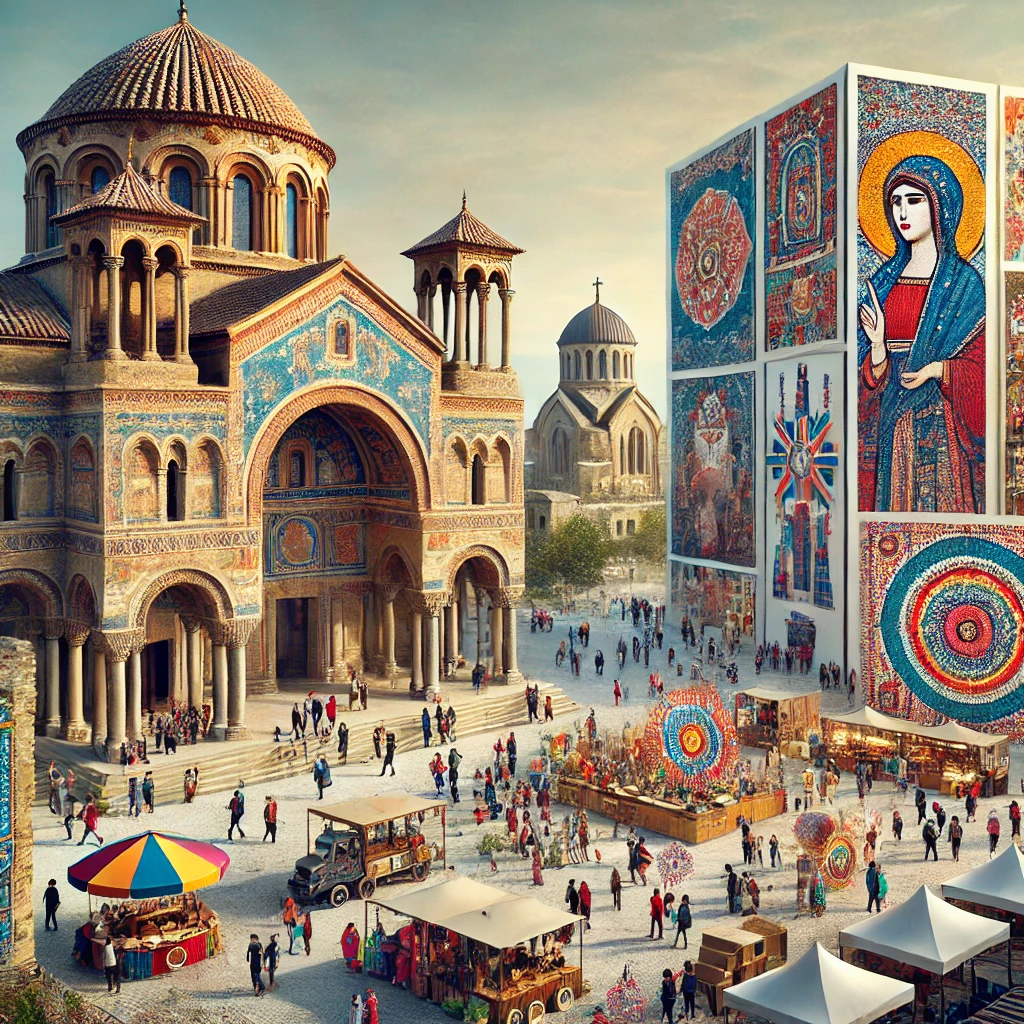Ravennati: Celebrating a Cultural Heritage Through History and Art
Introduction: Unveiling the Legacy of Ravennati
The rich cultural heritage of Ravennati is renowned worldwide, captivating visitors with its blend of history, art, and modern vibrancy. Known for its iconic mosaics, delicious cuisine, and well-preserved monuments, Ravenna stands as a testament to Italy’s artistic legacy. Beyond art, the spirit of Ravennati lives through cultural exchange programs, community initiatives, and the preservation of its ancient charm.
A Brief History of Ravenna: From Ancient to Modern Times
Ravenna boasts a fascinating history dating back to Roman and Byzantine times. The city served as the capital of the Western Roman Empire in the 5th century and later became a center for Byzantine culture in Italy. Over centuries, its monuments and art reflected the transition from classical antiquity to early Christian and medieval styles. Today, Ravenna’s story is preserved through its many UNESCO World Heritage Sites, symbolizing a continuous legacy that inspires modern-day Ravennati.
Ravennati Mosaics: Artistic Brilliance Through the Ages
One of Ravenna’s most celebrated treasures is its mosaic art, which flourished during the 5th and 6th centuries. These vibrant glass tesserae mosaics adorn churches, mausoleums, and public spaces, offering a glimpse into the artistic mastery of the era. Notably, the Basilica of San Vitale and the Mausoleum of Galla Placidia house intricate mosaics that blend classical and early Christian symbolism.
Recent studies from the University of Bologna shed new light on these mosaics, analyzing their glass components to trace production techniques and material origins. These findings enhance the understanding of how the Ravennati craftsmen achieved their dazzling effects using local and imported resources, including influences from regions like Egypt and Syria.
Cultural Exchange Programs and Twinning Initiatives
The Ravennati spirit extends beyond art and architecture through cultural exchange programs. Ravenna has established twinning initiatives with various cities, including Chichester in England, to foster mutual understanding and friendship. These programs promote tourism, education, and artistic collaboration, allowing participants from different backgrounds to immerse themselves in each other’s traditions.
Such exchanges are vital in keeping the Ravennati heritage alive, blending historical legacies with contemporary perspectives. Events like city tours, communal meals, and music festivals offer participants a taste of the cultural wealth that defines both Ravenna and its partner cities.
Top Landmarks and Attractions in Ravenna
Visitors to Ravenna encounter a variety of attractions that capture the essence of Ravennati heritage. Some of the must-visit landmarks include:
- Basilica of San Vitale: Known for its Byzantine mosaics.
- Mausoleum of Galla Placidia: A serene space filled with celestial-themed mosaics.
- Baptistery of Neon: Famous for its colorful depictions of Christ’s baptism.
- Mausoleum of Theodoric: An imposing structure that reflects Gothic influences.
The historic charm of Ravenna is not limited to ancient monuments. Its lively streets, bustling piazzas, and quaint cafes offer a modern glimpse into the city’s vibrant character, reflecting a blend of old and new.
Recent Discoveries and Research: New Insights into Ravennati Art
Ongoing research continues to unlock secrets about Ravennati mosaics. Archaeometric analysis has revealed a range of production methods used for glass tesserae, highlighting the variety in color, material composition, and regional influences. Surprisingly, these studies suggest that while Ravenna may have imported glass from Eastern regions like Egypt, no direct evidence points to Byzantine workshops producing the mosaics.
This research emphasizes the collaborative nature of ancient artistry, where knowledge and materials traveled across the Mediterranean. New techniques and modern technology help researchers reanalyze existing data, enriching our understanding of the creative process behind Ravenna’s masterpieces.
The Culinary Delights and Festivities of Ravenna
The Ravennati experience extends to food and festivities, offering a taste of local culture. Traditional dishes include piadina romagnola (a flatbread with various fillings), cappelletti (stuffed pasta), and seafood delicacies from the Adriatic coast. Visitors can also indulge in locally-produced wines and delicious gelato.
Ravenna’s calendar is filled with festivals celebrating everything from music to history. The Ravenna Festival, held annually, showcases a range of performances, including opera, ballet, and jazz. These cultural events immerse visitors in the artistic spirit of the Ravennati community.
Preserving the Legacy: Challenges in Conservation and Restoration
Preserving Ravenna’s cultural treasures poses challenges, especially in conserving its ancient mosaics. Environmental factors, including humidity and pollution, threaten the delicate tesserae over time. Restoration experts employ modern technologies, such as laser cleaning and chemical analysis, to maintain the brilliance of these mosaics without compromising their authenticity.
International collaborations also play a role in conservation efforts, with scholars and artisans from around the world contributing to projects in Ravenna. The Ravennati commitment to preserving heritage ensures that future generations can continue to appreciate the artistic and historical significance of this remarkable city.
Conclusion: Celebrating the Timeless Charm of Ravennati
The story of Ravennati is one of resilience, creativity, and cultural richness. Through its mosaics, landmarks, cuisine, and community initiatives, Ravenna offers a window into the past while embracing modernity. Whether exploring ancient churches, participating in twinning events, or enjoying local festivals, visitors and residents alike become part of a living tradition.
The Ravennati spirit reflects the beauty of shared history and the importance of preserving heritage for future generations. With ongoing research, cultural exchanges, and conservation efforts, Ravenna remains a shining example of how art and community can thrive together.
